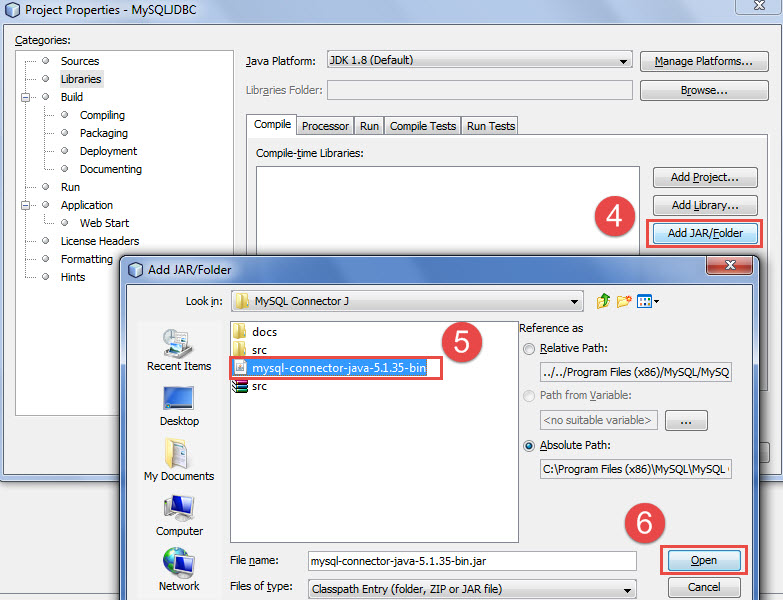
MySQL JDBC client-side PreparedStatement Cachingįor client-side prepared statements, the MySQL JDBC Driver will cache the ParseInfo object: This can be done for both client-side and server-side prepared statements by setting the cachePrepStmts configuration property to the value of true: Since it’s good practice to use a database connection pool, the Connection objects are going to be reused from one transaction to another, so it makes sense to cache either the client-side or the server-side parsed statements. MySQL JDBC Statement Caching setting – cachePrepStmts


When the statement is prepared on the server, the Parser will create an AST (Abstract Syntax Tree) that can be traversed by the Optimizer during statement execution. Now, when calling the prepareStatement JDBC Connection method, a ServerPreparedStatement will be created instead, and the statement will be prepared on the database server: To enable server-side prepared statements, you need to set the useServerPrepStmts setting to true. MySQL JDBC server-side PreparedStatement – useServerPrepStmts The bind parameters are stored locally and inlined prior to the statement execution, so there’s a single database roundtrip that gets executed. ResultSet resultSet = statement.executeQuery() īy default, the ConnectionImpl#clientPrepareStatement method is called, and the statement is prepared on the client-side only. Try(PreparedStatement statement = connection.prepareStatement(""" So, when executing the following statement: So, no matter if you are executing a plain Statement or a PreparedStatement, the SQL statement execution will look like this:

No matter what data access framework you are using, you still need to configure the JDBC Driver if you want to get the most out of the MySQL database engine.Īs I explained in this article, by default, the MySQL JDBC Driver emulates prepared statements. In this article, we are going to see how we can enable the MySQL JDBC Driver Statement Caching mechanism, which, unfortunately, is not enabled by default. So, enjoy spending your time on the things you love rather than fixing performance issues in your production system on a Saturday night!

Well, Hypersistence Optimizer is that tool!Īnd it works with Spring Boot, Spring Framework, Jakarta EE, Java EE, Quarkus, or Play Framework. Follow having a tool that can automatically detect JPA and Hibernate performance issues.


 0 kommentar(er)
0 kommentar(er)
